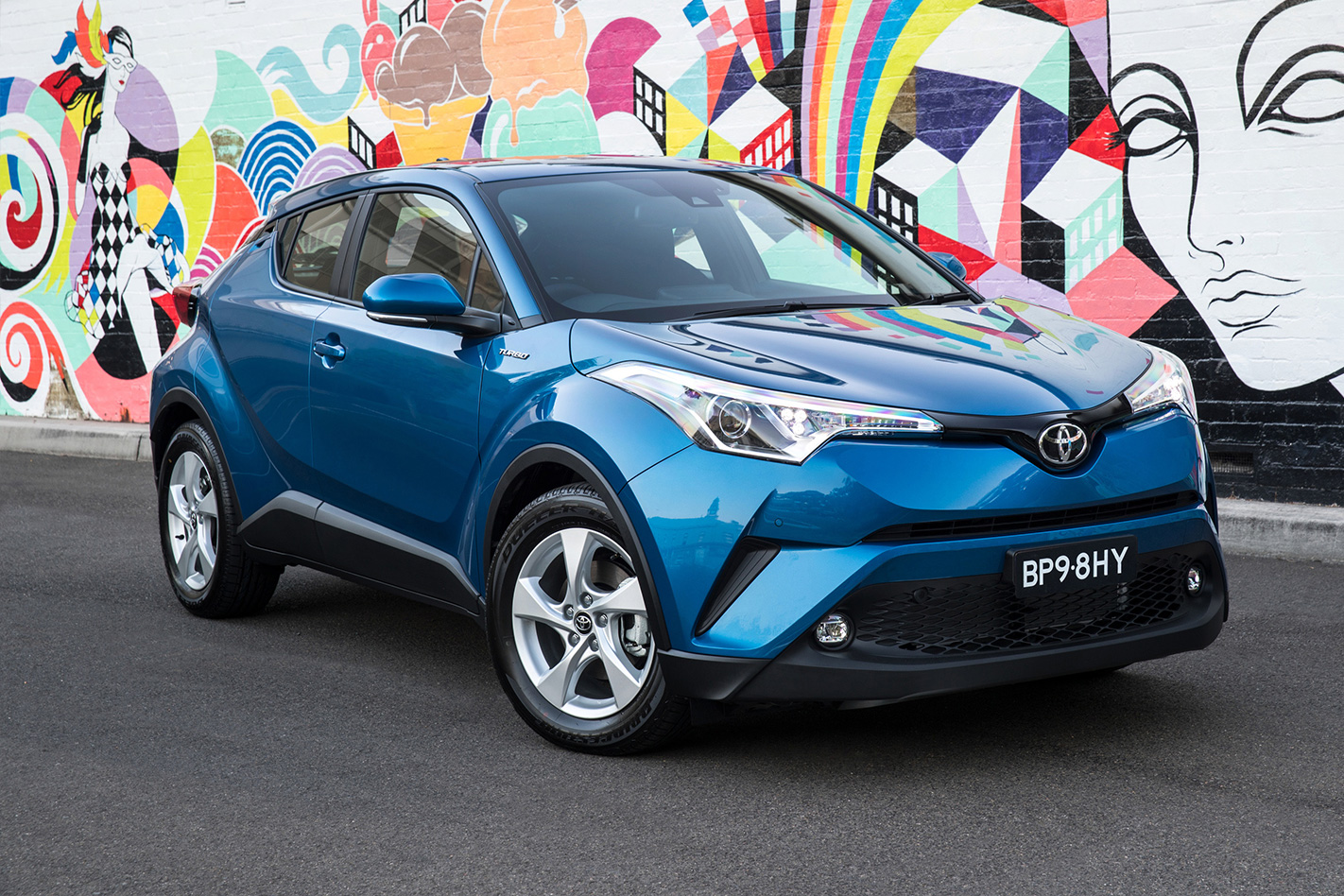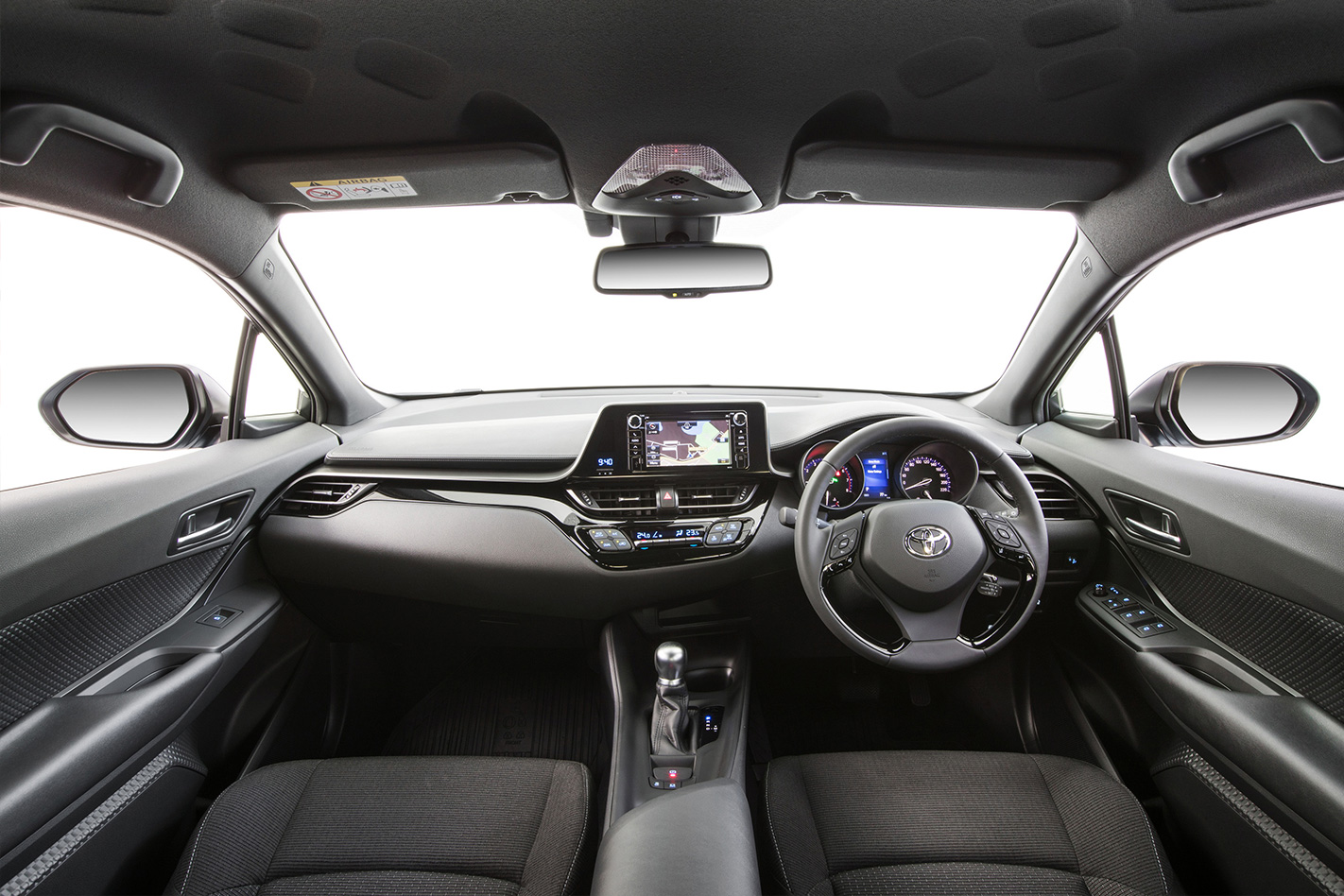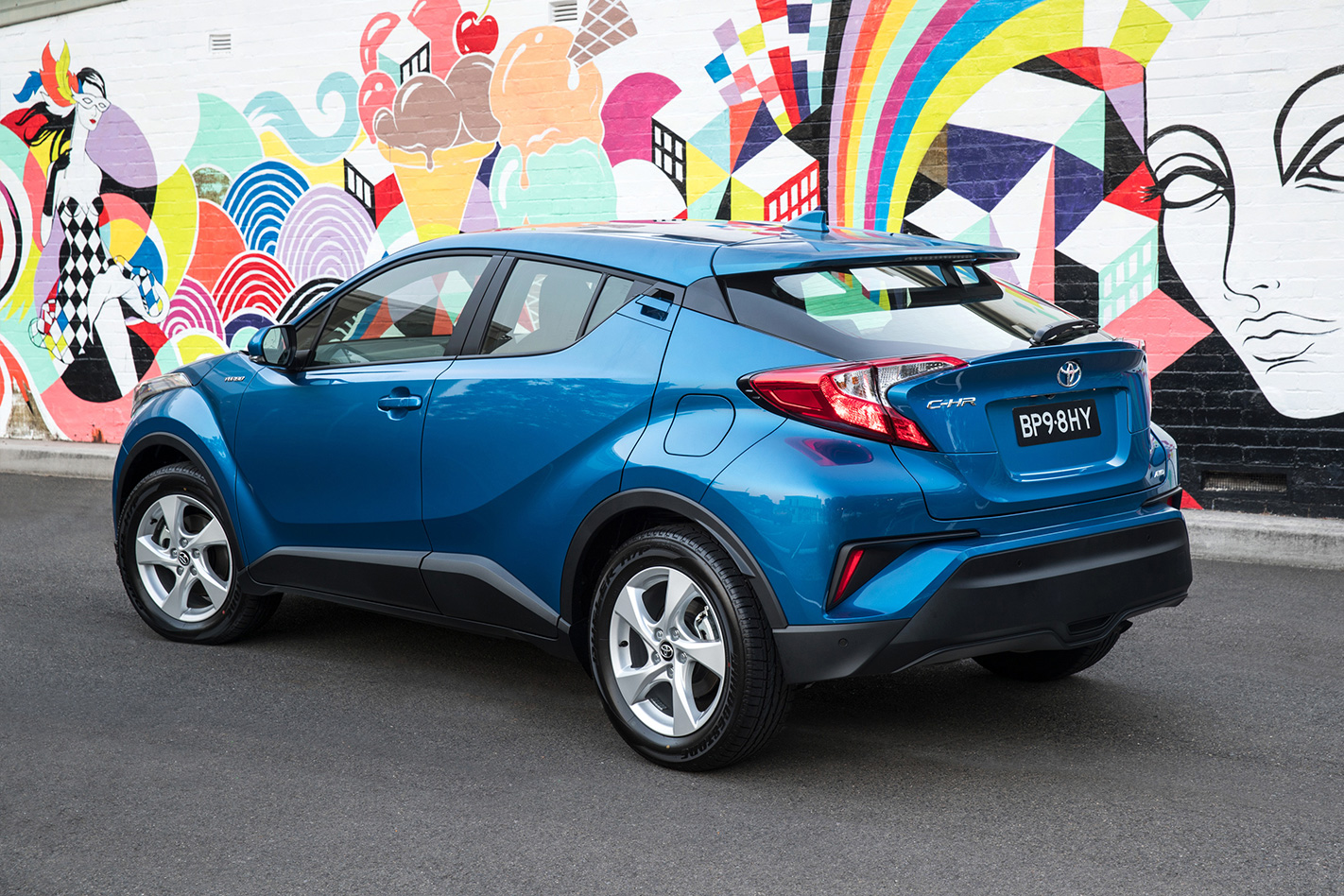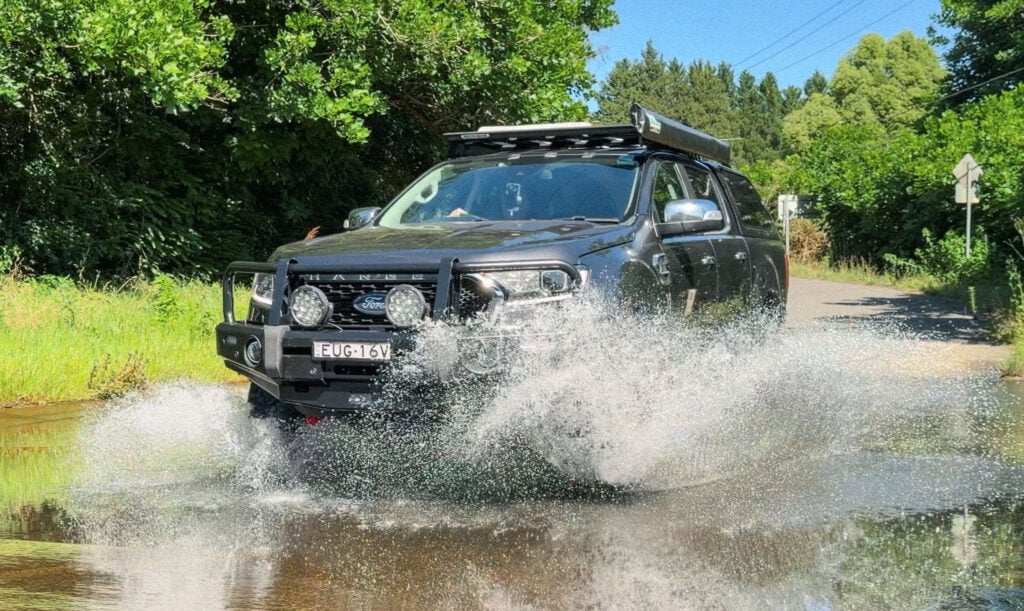
The Toyota C-HR compact SUV is the antithesis of what the brand was once known for. Good to look at, fun to drive and with Toyota’s first turbocharged petrol engine, the recipe appears right to make the C-HR a success.
TELL ME ABOUT HIS CAR
We’ve already established the diminutive Toyota C-HR as one of the best new small SUVs on the market that sits on an all-new platform that’s also shared with the Toyota Prius and the recently-launched Toyota Camry (the Japanese one that replaces the formerly Australian-made one).
But one of the things we’ve not highlighted about the C-HR range is the price-leading $26,990 front-drive version of the SUV. It stands out because it has a six-speed manual gearbox, and not the fun-sapping CVT that the higher-priced models use.

STRENGTHS
- Its engine. Only one is available, a sweet little 1.2-litre four-cylinder turbo that makes a modest 85kW and 185Nm. But unlike other engines that don’t use a turbocharger, the C-HR’s engine delivers its performance down low in the rev range where other, sometimes bigger non-turbo engines are just starting to wake up.
- That manual gearbox. Selecting gears is easy with a nice action, and unlike the CVT that dithers around hunting for fuel economy or power depending on how the throttle is used, you can tap the gears to extract the best out of the engine. The clutch action is light, too, although sometimes it’s a bit hard to find the bite point. Doesn’t matter, though, as the C-HR includes Hill Start Assist, which stops it rolling back on hills while you find a gear.
- Handling. The jump to the Toyota New Generation Architecture has given the C-HR a luxury car-like double wishbone rear suspension instead of what you’d normally expect; either a multilink system, or if the car maker is being a bit cheap, a torsion beam. Combine the wishbones with independent front Macpherson struts, and you have the foundation of something that drives really well.

- It’s very comfortable on the road. Good handling and ride handling are usually mutually exclusive when it comes to cars that drive really well. The C-HR has a good balance between the two.
- It stands out from the crowd. The C-HR’s design is a big change in direction for Toyota, and it works. Open the driver’s door, and even the interior dares to be at least a little bit different – in parts.
- It’s very well equipped, even in its entry-level, manual gearbox form. Even the cranking sound system gives the sense that you’re in a more premium car and not a base model.
- The C-HR is quiet inside. Not much road noise makes it inside the cabin, so even on a rough coarse-chip road, you’re still able to have a conversation without shouting.
- It has a decent rear seat. You’ll fit two adults comfortably, and three at a pinch for short trips.

WEAKNESSES
- It may be roomy, but the rear seat is something of a black hole. Glass is heavy, so Toyota has minimised the amount of it the C-HR uses. A high waistline and swept roofline, combined with a tiny rear window robs the rear seat of a sense of light and airiness. The size of the rear door is also quite small, so even getting into the rear seat can be a challenge for taller passengers.
- The rear door handles are quite high off the ground. Toyota has built it as a vertical grab-handle mounted high on the trailing edge of the window. It’ll be a challenge for smaller children to open, and its ergonomics even for adults are not as good as a more conventional door handle.

- It will cost you more to refuel per litre of petrol than other Toyota-badged cars. Almost all the other petrol cars in the Toyota range use cheaper 91 RON fuel, but because it has a turbocharger, the C-HR asks for more expensive 95 RON fuel.
- The radio head unit is a bit naff. It’s a common unit shared across other Toyota models – and Subarus – and locates the USB port high on the dash rather than more practically down on the centre console. It doesn’t support Apple CarPlay or Android Auto, either, but instead requires a special Toyota app that asks you to hand over your personal details.
ARE THERE ANY RIVALS I SHOULD CONSIDER?
Other similarly priced manual small-SUVs include the Mazda CX-3 sTouring, Mitsubishi ASX LS, Nissan Qashqai ST and the Skoda Yeti 81TSI.



